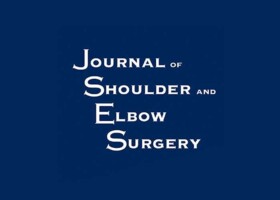
Authors:
Suketu Vaishnav, Peter J Millett
Abstract:
Rotator cuff repair has provided patients with reliable pain relief and improved function in those who have failed nonoperative management. The long-term integrity of the repair is key to improving success and influences the ultimate outcome. While short term results show functional improvements and most patients experience less pain, in some series, there have been trends towards deteriorating clinical results with longer follow-up, and this seems related to the structural healing of the repair.
The ideal repair should have high initial fixation strength, allow minimal gap formation, and maintain mechanical stability until healing is achieved. In addition to these qualities, it should also restore the normal anatomy and function of the native supraspinatus footprint.
For the complete study: Arthroscopic rotator cuff repair: Scientific rationale, surgical technique, and early clinical and functional results of a knotless self-reinforcing double-row rotator cuff repair system
